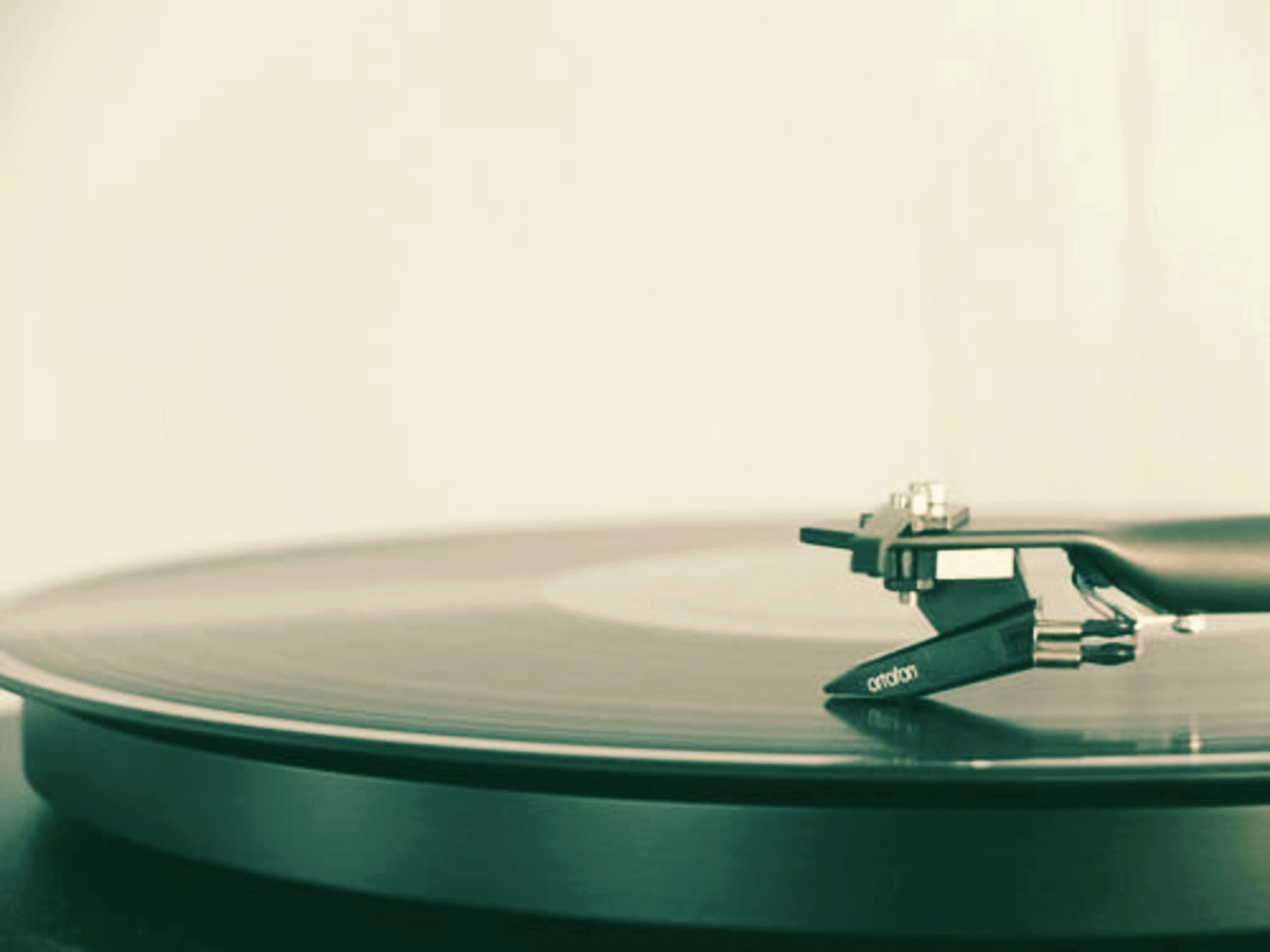
Wildlife photography is more than just a hobby; it is an art form that captures the essence of nature and the creatures that inhabit it. Through the camera lens, photographers can freeze moments in time, creating a bridge between human civilization and the untamed wilderness. This connection to nature is visually captivating and deeply fulfilling for those who engage in this pursuit. In this article, we will explore the various facets of wildlife photography, from the thrill of the chase to the technical mastery required and the profound joy of connecting with nature in such an intimate way.
The Thrill of the Chase
One of the most exhilarating aspects of wildlife photography is the chase. Unlike studio photography, where conditions are controlled and predictable, wildlife photography is full of surprises. Photographers often find themselves in diverse and challenging environments, from the sweltering heat of a tropical rainforest to the icy winds of the Arctic tundra. Each location presents unique opportunities and obstacles, requiring photographers to be adaptable and resourceful.
The pursuit of the perfect shot can be both thrilling and exhausting. Wildlife photographers must often wake up before dawn to catch the early morning light or stay out late to capture nocturnal creatures. They may spend hours or days tracking a particular animal, learning its habits and behaviors to anticipate the perfect moment. This dedication to the craft is what makes wildlife photography so rewarding. The anticipation and excitement of finally capturing a rare or fleeting moment in nature is unmatched.
Technical Mastery
While the thrill of the chase is a significant part of wildlife photography, achieving breathtaking shots requires a high technical skill. Photographers must have a deep understanding of their equipment and be able to adjust settings quickly to adapt to changing conditions. The ability to compose a shot effectively, utilizing principles of light, shadow, and perspective, is essential.
Wildlife photographers often use specialized equipment, such as telephoto lenses, which allow them to capture images from a distance without disturbing their subjects. This requires not only technical knowledge but also significant investment. High-quality gear can be expensive, but it is a worthwhile investment for those serious about their craft.
In addition to mastering their equipment, wildlife photographers must develop a keen eye for detail and a deep understanding of animal behavior. This knowledge allows them to predict the actions of their subjects and be in the right place at the right time. Patience and perseverance are key traits, as wildlife photography often involves extended periods of waiting and observing.
The Art of Patience
Patience is a virtue, especially in wildlife photography. Animals are unpredictable and often elusive, making it necessary for photographers to wait for the perfect moment. This waiting period is a good use of time; instead, it is an opportunity for photographers to immerse themselves in the environment and observe the intricate details of the natural world.
During these moments of waiting, photographers can develop a deeper appreciation for nature. They become attuned to their surroundings’ sounds, smells, and sights, gaining a greater understanding of the ecosystem as a whole. This connection to nature is one of the most rewarding aspects of wildlife photography. It fosters a sense of mindfulness and presence, allowing photographers to experience the natural world’s beauty and tranquility profoundly.
Ethical Considerations
With the privilege of capturing wildlife comes the responsibility to do so ethically. Wildlife photographers must prioritize the welfare of the animals and their habitats. This means maintaining a respectful distance, avoiding any actions that could stress or harm the animals, and being mindful of the impact of their presence on the environment.
Ethical wildlife photography also involves promoting conservation efforts. Many photographers use their work to raise awareness about endangered species and the importance of preserving natural habitats. They can inspire others to appreciate and protect the natural world by sharing their images and stories.
The Joy of Connection
Ultimately, the joy of wildlife photography lies in the connection it fosters between humans and nature. Each photograph tells a story, capturing a moment of beauty, struggle, or triumph in the animal kingdom. These images can evoke emotions and inspire a sense of wonder and awe.
For photographers, this connection is deeply personal. The time spent in nature, the challenges overcome, and the moments of pure magic captured through the lens all contribute to a profound sense of fulfillment. Wildlife photography is a way to connect with the natural world on a deeper level, gaining insights and experiences that transcend the ordinary.
Wildlife photography is a journey of discovery, patience, and passion. It allows photographers to experience the thrill of the chase, the satisfaction of technical mastery, and the profound joy of connecting with nature. Through their lens, they capture the essence of the wild, sharing its beauty and wonder with the world. In a time when the natural world is under threat, wildlife photography serves as a reminder of our planet’s incredible diversity and fragility, inspiring us all to cherish and protect it.